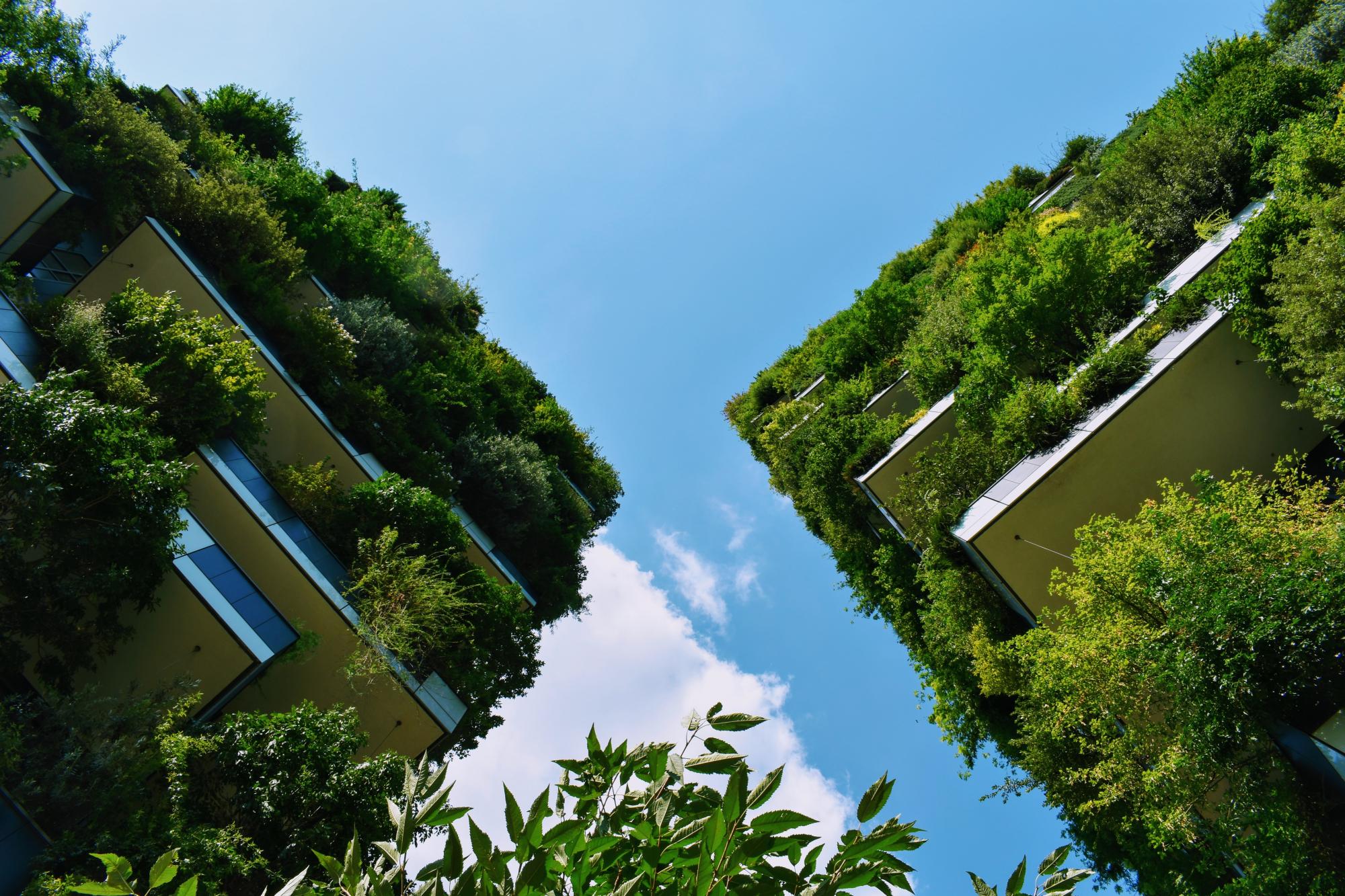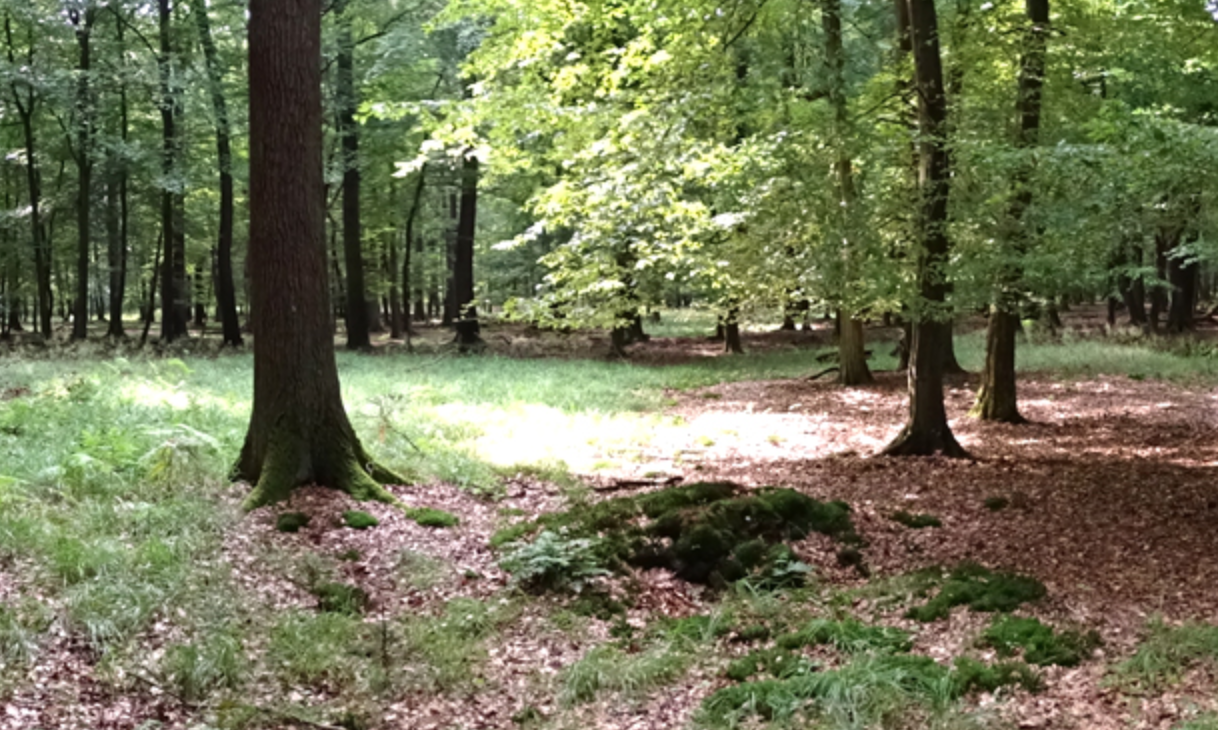Last updated: October 2021
The renaturalization of streams is a common strategy for improving the ecological quality of water bodies as mandated by the European Water Directive. For that reason, parts of the Aa stream in Münster upstream until its flow into the Aa lake covering 2.6 km were renaturalized from 2012 to 2013. Renaturalization is a means to restore the natural river banks, local ecosystems of the Aa rive and improve the water quality of the Aa lake (Ref. 1 and 3).
Overview
Nature-based solution
- Grey infrastructure featuring greens
- Blue infrastructure
- Riverbank/Lakeside greens
- Lakes/ponds
- Rivers/streams/canals/estuaries
Key challenges
- Climate action for adaptation, resilience and mitigation (SDG 13)
- Climate change adaptation
- Water management (SDG 6)
- Flood protection
- Improvements to water quality
- Green space, habitats and biodiversity (SDG 15)
- Habitat and biodiversity conservation
- Green space creation and/or management
- Environmental quality
- Waste management
- Cultural heritage and cultural diversity
- Preservation of natural heritage
Focus
Creation of new green areas, Management and improved protection of rivers and other blue areas
Project objectives
-Improving the water quality of the Aa stream (Ref. 1 and 4)
-Reestablishing the ecological balance of the Aa lake as an important recreational area for the citizens of Münster (Ref. 4)
-Reducing blue algae bloom and silting in the Aa lake (Ref. 3)
-Increase the biodiversity in the water bodies and along the river banks (Ref. 4)
Implementation activities
The natural meandering structure of the river was reestablished, its concrete river bed removed, river banks greened to create a natural barrier between the river and adjacent agricultural spaces, was reestablished. The reinstatement of natural elements such as dead wood shall reinforce the regeneration of the water body (Ref. 1).
To prevent further silting of the Aa lake, a sand filter was built into the upper stream which will save the costs of mud removal from the lake (Ref. 4).
In one part of the intervention area, renaturalization had been employed in 1996 already. However, this gave rise to the development of still waters in the Aa stream which affect the natural flow of the river and causes algae bloom during the summer months. The intervention created new river arms disconnected from these still waters to reestablish the natural water flow and improve the water quality in these stretches (Ref. 1)
Climate-focused activities
Climate change adaptation:
- Increase or improve urban vegetation cover to help reduce outdoor temperature
- Restore wetlands and/or coastal ecosystems to dissipate the effects of flooding and/or storms
- Renaturalization of rivers and other water bodies
Biodiversity conservation or restoration-focused activities
Biodiversity conservation:
- Protect and enhance urban habitats
- Preserve and strengthen existing habitats and ecosystems
- Create new habitats
- Reduce negative impacts and avoid the alteration/damage of ecosystem
- Protect species
- Undertake specific measures to protect species
- Means for conservation governance
- Biodiversity offsets
Main beneficiaries
- Local government/Municipality
- Private sector/Corporate/Company
- Citizens or community groups
Governance
Management set-up
- Government-led
Type of initiating organisation
- Local government/municipality
Participatory approaches/ community involvement
- Dissemination of information and education
Details on the roles of the organisations involved in the project
The intervention was planned and carried out by the city department for civil engineering works with the majority funded by the regional government of North-Rhine-Westphalia (Ref. 3).
Project implemented in response to ...
... an EU policy or strategy?
Yes
(The European Water Framework Directive's goal (following WFD) is safeguarding the quality of water bodies and ground water. It mandates that until 2015, 2027 at the latest, water bodies within the EU shall be in good condition which is to be achieved by a close collaboration of responsible authorities, implementing bodies, associations and interest groups. In addition, the active involvement of the public plays an important role (Ref. 2).)
... a national policy or strategy?
Unknown
... a local policy or strategy?
Unknown
Financing
Total cost
€500,000 - €2,000,000
Source(s) of funding
- Public regional budget
- Public local authority budget
Type of funding
- Earmarked public budget
Non-financial contribution
Unknown
Impacts and Monitoring
Environmental impacts
- Climate change
- Strengthened capacity to address climate hazards/natural disasters
- Environmental quality
- Water management and blue areas
- Improved water quality
- Increased protection against flooding
- Green space and habitat
- Increased green space area
- Increased number of species present
Economic impacts
- Unknown
Socio-cultural impacts
- Health and wellbeing
- Gain in activities for recreation and exercise
Type of reported impacts
Achieved impacts
Presence of formal monitoring system
Unknown
Presence of indicators used in reporting
No evidence in public records
Presence of monitoring/ evaluation reports
No evidence in public records
Availability of a web-based monitoring tool
No evidence in public records
References
1. Stadt Münster Umweltamt. (2010a). Renaturierung der Münsterschen Aa Sentruper Str. bis Aasee. Available at: Source link (Accessed 9 August 2020)
2. Stadt Münster Umweltamt. (2010b). Vision Wasser. Available at: Source link (Accessed 9 August 2020)
3. Speckmann, L. (2012). ‘Der Aasee kommt ins Gleichgewicht. Der Zufluss wird renaturiert’, Westfälische Nachrichten, 15 July. Available at: Source link (Accessed 9 August 2020)
4. Stadt Münster Presse- und Informationsamt. (2012). Aa auf dem Weg zurück zur Natur. Renaturierung der Münsterschen Aa von der Sentruper Straße bis zum Aasee / Ökologische Verbesserung. Available at: Source link (Accessed 9 August 2020)
5. Stadt Münster, Kreis Coesfeld, Kreis Steinfurt, WLV and Kreis Warendorf. (2010). Münstersche Aa. Available at: Source link (Accessed 9 August 2020)
6. Umsetzungspfad Lebendige Gewässer- Beispiele der Stadt Münster. (2013). Available at: Source link (Accessed 9 August 2020)
2. Stadt Münster Umweltamt. (2010b). Vision Wasser. Available at: Source link (Accessed 9 August 2020)
3. Speckmann, L. (2012). ‘Der Aasee kommt ins Gleichgewicht. Der Zufluss wird renaturiert’, Westfälische Nachrichten, 15 July. Available at: Source link (Accessed 9 August 2020)
4. Stadt Münster Presse- und Informationsamt. (2012). Aa auf dem Weg zurück zur Natur. Renaturierung der Münsterschen Aa von der Sentruper Straße bis zum Aasee / Ökologische Verbesserung. Available at: Source link (Accessed 9 August 2020)
5. Stadt Münster, Kreis Coesfeld, Kreis Steinfurt, WLV and Kreis Warendorf. (2010). Münstersche Aa. Available at: Source link (Accessed 9 August 2020)
6. Umsetzungspfad Lebendige Gewässer- Beispiele der Stadt Münster. (2013). Available at: Source link (Accessed 9 August 2020)


